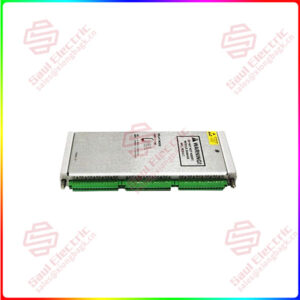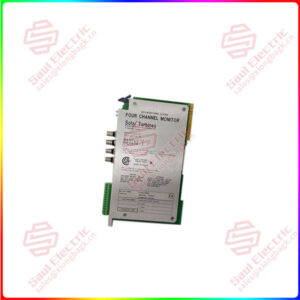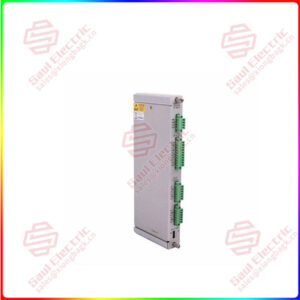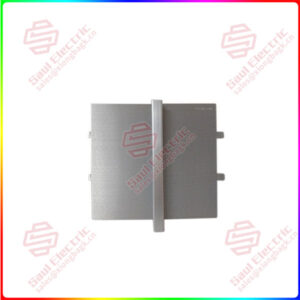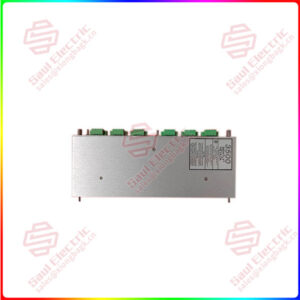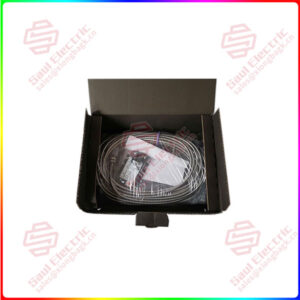Description
Overview
Essential details:3500/92 136180-01 Communication Gateway
lf you need to inquire or purchase ,please send the product models to my email or call medirectly .
sunny He
[Email] sales@saulcontrol.com
[Mobile] 86-18059884797
[WhatsApp] 86-18059884797
[Skype] sales@saulcontrol.com
3500/92 136180-01 Communication Gateway
Product Description
The way in which communication gateways interact data between different networks or systems depends on specific application scenarios and requirements. The following are some common communication gateway data interaction methods:
Protocol translation: A communication gateway can translate the protocols of one network or system into those supported by another. For example, converting an Ethernet protocol to a wireless network protocol.
Data format conversion: A communication gateway can convert the data format of one network or system to that supported by another network or system. For example, convert JSON format to XML format.
Security filtering: The communication gateway can securely filter incoming and outgoing data to ensure that only legitimate data can pass through. For example, a firewall can block unauthorized access.
Traffic control: The communication gateway can control the incoming and outgoing data traffic to ensure that the network or system does not become congested due to excessive data traffic. For example, routers can restrict traffic to specific IP addresses.
Data storage and forwarding: A communication gateway can store received data locally and forward it to another network or system when needed. For example, an iot gateway can store sensor data locally and forward it to a cloud platform when needed.
Application Program Interface (API) : A communication gateway can provide apis so that different networks or systems can interact with data through apis. For example, a cloud platform can provide apis so that iot devices can send data to the cloud platform.
In general, when the communication gateway performs data interaction between different networks or systems, it selects the appropriate data interaction mode according to the specific application scenarios and requirements. These methods can be used alone or in combination to ensure smooth and reliable data interaction.


 1 Year Warranty
1 Year Warranty

